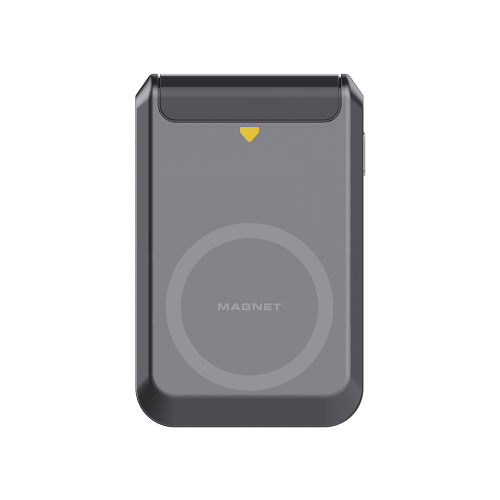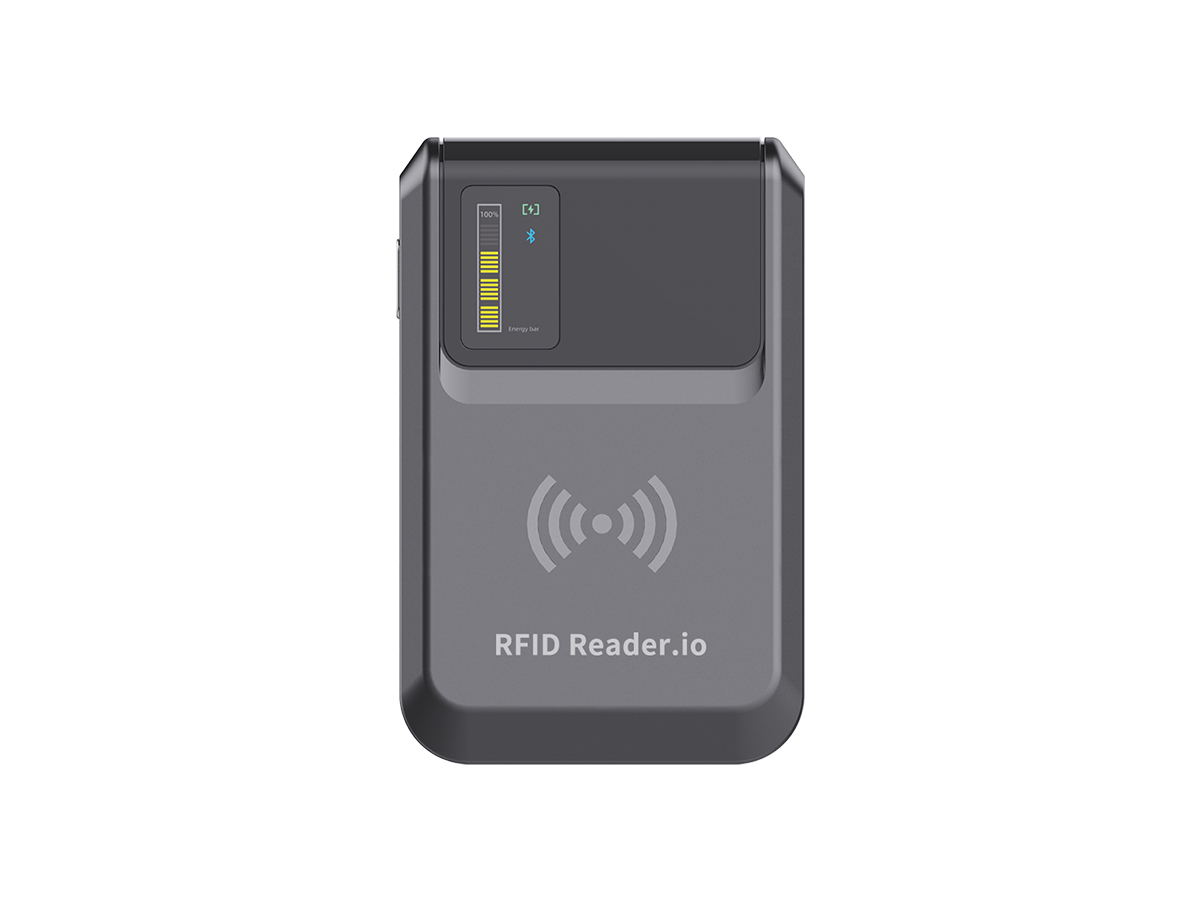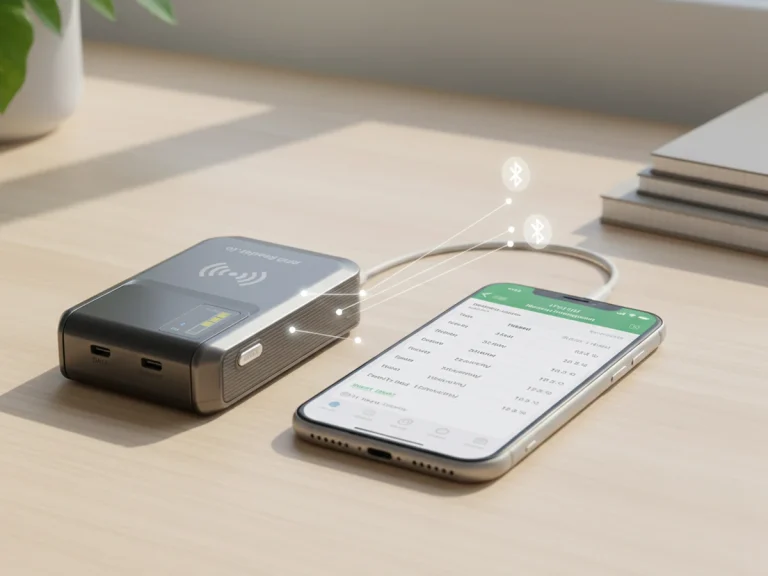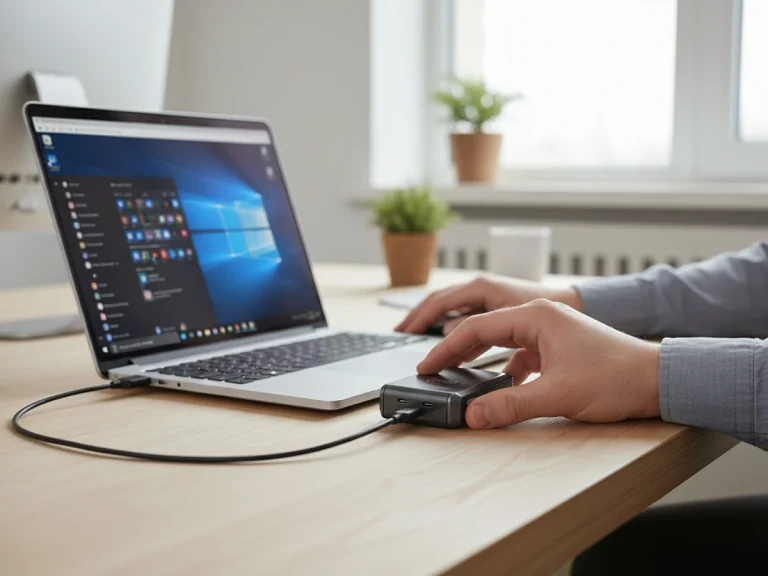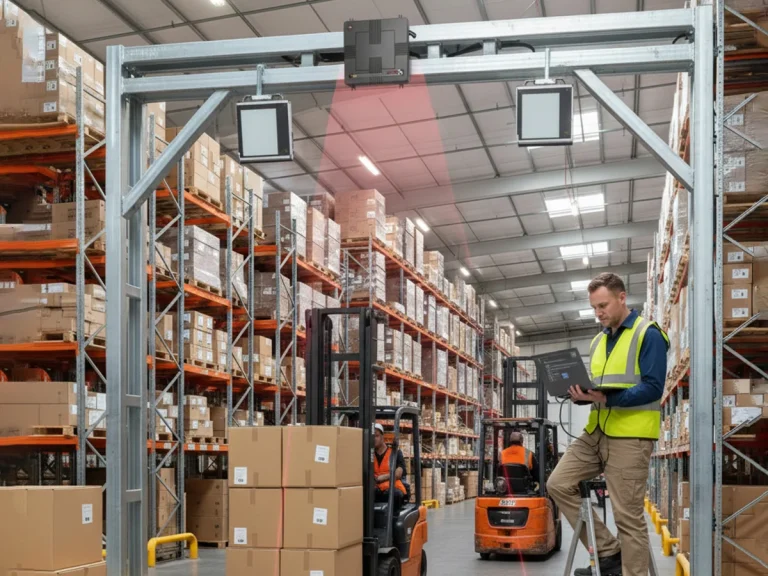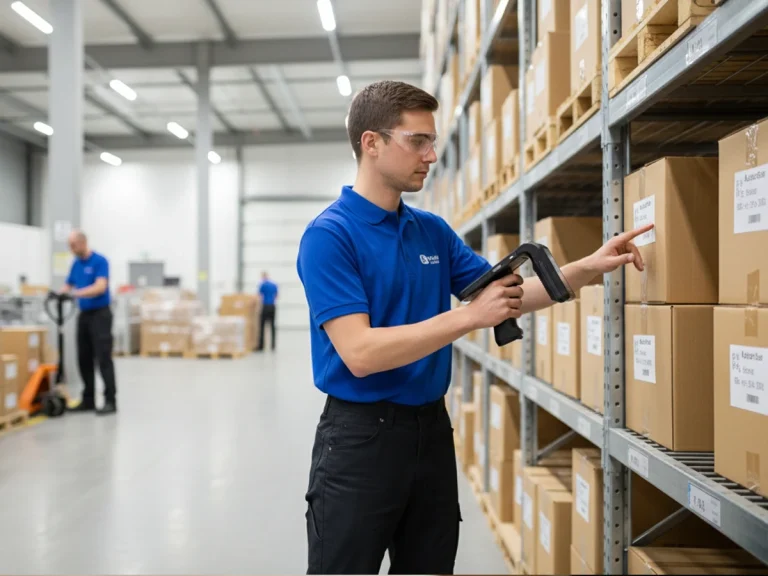
How to Select the Right Portable RFID Reader for Your Needs

Choosing the right Portable RFID Reader isn’t just about picking the newest model off the shelf. In my experience working with small businesses and warehouses, the difference between a device that works smoothly and one that causes headaches often comes down to understanding its design, connectivity, and daily use.
The Portable RFID Readers from RFID Reader.io are compact, lightweight devices that can connect to smartphones or tablets via Bluetooth or data cable. Some models even attach to the back of a mobile device, turning it into a mobile scanning station without the bulk of traditional handheld readers. This flexibility makes them ideal for inventory checks, retail management, or light industrial environments where mobility and minimal footprint are key.
1. Clarify Your Use Case
Before making a purchase, ask yourself:
- Will you scan a few items at a time on the shop floor or warehouse aisle?
- Do you need integration with mobile devices or PCs?
- Is your environment metal-rich or potentially exposed to liquids?
Devices like the RFID Reader.io Portable Readers are designed for situations where space is tight and speed is important. For example, a small retail store can attach the device to a tablet or smartphone and perform inventory rounds without bulky hardware.
2. Understand Connectivity Options
A major advantage of these readers is their versatility:
- Bluetooth connection: Works with tablets or phones without extra cables.
- USB/data line connection: Reliable for stationary setups, or when wireless is impractical.
- Compact form factor: Can be placed behind a device, on a desk, or integrated into other hardware.
Choosing a reader with flexible connectivity ensures you can adapt it to different workflows without replacing the device.
3. Evaluate Performance and Reliability
Even though these readers are small, performance matters:
- Read range: Typically a few centimeters to a meter, enough for near-field scanning of tags.
- Multi-tag capability: Some units can read multiple tags simultaneously, increasing efficiency.
- Stability: Reliable reading without frequent disconnects or missed scans is critical.
We found in practical tests that RFID Reader.io devices maintain stable performance even when connected to different mobile platforms.
4. Consider Daily Use and Ergonomics
Unlike traditional handheld readers, these portable units are lightweight and easy to place. Still, consider:
- Placement on a desk or behind a mobile device
- Ease of moving between locations
- Minimal setup for daily tasks
A small, well-designed reader reduces fatigue and speeds up inventory tasks.
5. Environmental Factors
Even compact devices are sensitive to their surroundings. Factors to check:
- Proximity to metal surfaces or electronic interference
- Temperature and humidity within the operational range
- Handling conditions if the reader is moved frequently
The RFID Reader.io Portable Readers are designed to handle typical office, retail, and light warehouse conditions with minimal performance drop.
6. Test in Your Real Environment
No datasheet can replace real-world testing. Check:
- Read accuracy on your tags
- Connection stability to your mobile device
- Ease of repositioning or attaching the reader to different surfaces
Testing before full deployment ensures that your readers meet daily operational needs without surprises.
FAQ – Portable RFID Readers
Q1: What is a Portable RFID Reader?
A small, lightweight reader that can scan RFID tags via Bluetooth or USB connection, often attachable to mobile devices or used on desks.
Q2: Can I read multiple tags at once?
Yes, some models support simultaneous reading of several tags.
Q3: Will it work with my smartphone or tablet?
Most RFID Reader.io devices are compatible with common mobile platforms via Bluetooth or data cable.
Q4: Is it suitable for warehouse or retail environments?
Yes, especially for light-to-medium duty scanning tasks where mobility and compact size matter.
Q5: How portable are these readers?
They are designed to be very compact and lightweight, easily repositioned or carried between stations.
Q6: Do I need technical expertise to use it?
Basic usage is straightforward; integration with systems may require minimal setup.
Send Us An Email
Feel free to send us an email and we will reply to you as soon as possible.

